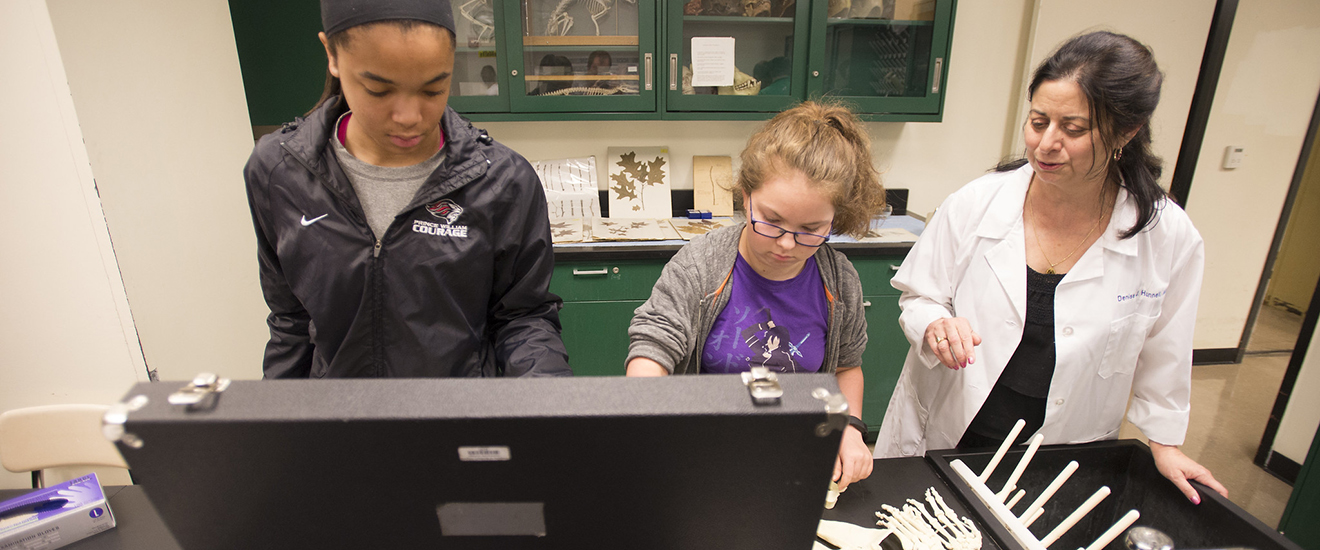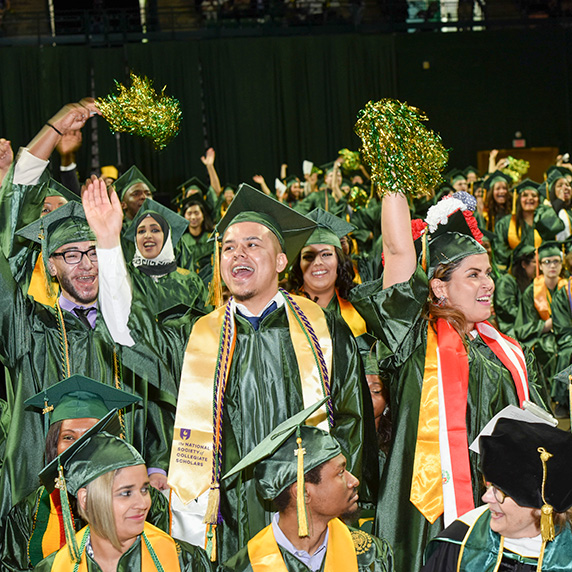Earn college credit while you're in high school.
With NOVA’s Dual Enrollment (DE) program, you don’t have to wait until you graduate from high school to attend college. If you’re a high school junior or senior (or the homeschooled equivalent), or an exceptional freshman or sophomore, you’re eligible to apply for the DE program. Take classes on a NOVA campus and through NOVA Online. We also offer contract dual enrollment classes at many area high schools.
What’s better than earning college credit while you’re still in high school? Completing a certificate, a transferable general education certificate or an associate degree. You can do just that through NOVA’s DE program too.
Save time and money in Virginia's first accredited DE program.
When you enroll in NOVA’s program, you’ll be choosing Virginia’s first dual enrollment program to be accredited by the National Alliance of Concurrent Enrollment and Partnerships (NACEP). By earning high school and college credit simultaneously, you’ll eliminate course duplication, saving you time, effort and money. And studies show that students who earn college credit while they’re in high school are more likely to graduate and continue their education after high school.
Seamlessly transition from high school to college.
At most colleges, you’ll be required to take general education courses. Why not complete those while you’re still in high school? In the NOVA Dual Enrollment program, you’ll have access to a wider range of courses — and the credits you earn will usually transfer to four-year colleges and universities. Not only will you accumulate credits before you enter college, you’ll have a more seamless transition from high school to college.
Explore other NOVA programs for high school students.
NOVA offers other programs for high school students who want to earn college credit:
- College and Career Ready Virginia (CCRV): CCRV is a statewide initiative designed to expand access to dual enrollment for high school students.
- E-Summer Program: Rising high school juniors and seniors can apply to participate in the summer program designed to introduce students to STEM careers, including careers in the energy industry.
- JumpStart2NOVA: High school seniors who are continuing at NOVA after graduation can take two tuition-free summer college courses.
- ACCESS Academy: The Accelerated College and Employability Skills Academy offers eligible Virginia high school students a unique opportunity to develop career skills, particularly in IT, while preparing for a smooth transition to college.



